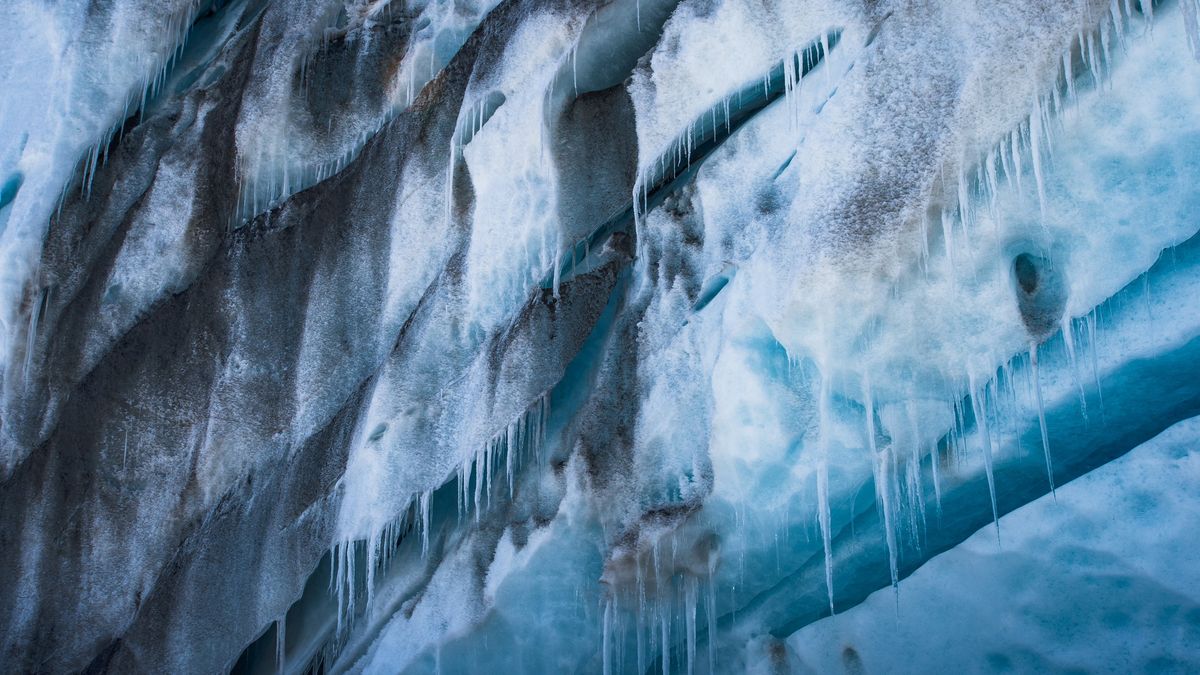We could be 16 years into a methane-fueled 'termination' event significant enough to end an ice age
Methane emissions from tropical wetlands have been soaring since 2006.

A dramatic spike in atmospheric methane over the past 16 years may be a sign that Earth's climate could flip within decades, scientists have warned.
Large amounts of methane wafting from tropical wetlands into Earth's atmosphere could trigger warming similar to the "termination" events that ended ice ages, replacing frosty expanses of tundra with tropical savanna, a new study finds. Researchers first detected a strange peak in methane emissions in 2006, but until now, it was unclear where the gas was leaking from and if it constituted a novel trend.
"A termination is a major reorganization of the Earth's climate system," study lead author Euan Nisbet, a professor emeritus of Earth sciences at Royal Holloway, University of London, told Live Science. "These repeated changes have taken the world from ice ages into the sort of interglacial we have now."
Ice age terminations typically occur in three phases, which are recorded in ice cores going back 800,000 years. The initial phase is characterized by a gradual rise in methane and CO2, leading to global warming over a few thousand years. This is followed by a sharp increase in temperatures fueled by a burst of methane, leveling off in a third phase lasting several thousand years.
Related: Watch the world choke on CO2 in eerie NASA videos of manmade emissions
"Within the termination, which takes thousands of years, there's this abrupt phase, which only takes a few decades," Nisbet said. "During that abrupt phase, the methane soars up, and it's probably driven by tropical wetlands."
Methane is a powerful greenhouse gas released both by human activities — including fossil-fuel burning, landfills and agriculture — and natural processes, such as decomposition in wetlands. Human emissions soared in the 1980s with the expansion of the natural gas industry and stabilized in the 1990s, Nisbet said.
Breaking space news, the latest updates on rocket launches, skywatching events and more!
But in late 2006, something "very, very odd" happened, he said. Methane started rising again, but there was no dramatic shift in human activity to blame — and researchers were left scratching their heads. Then, in 2013, Nisbet and his colleagues realized this rise was accelerating. By 2020, methane was increasing at the fastest rate on record, he said.
"It looks as if there's a big, new methane source turning on," Nisbet said.
A flurry of studies since 2019 has linked the strange spike to soaring emissions from tropical wetlands, predominantly in Africa. A "significant change" in tropical weather ascribed to human-caused climate change has led wetlands to get bigger and more plants to grow there, thus leading to more decomposition — a process that produces methane, Nisbet said.
In the new study, published July 14 in the journal Global Biogeochemical Cycles, Nisbet and colleagues compared current trends in atmospheric methane to the abrupt phase of warming during ice age terminations.
"The closest analogy we have to what we think is happening today is these terminations," Nisbet said.
While the evidence remains inconclusive, the scale of such a shift in climate is worth pondering, he added. In the past, terminations have flipped vast expanses of icy tundra in the Northern Hemisphere into tropical grasslands roamed by hippos, Nisbet said. There is no way to know what a termination could signify today, given that we are not in an ice age. "We're not saying we've got proof this is happening, but we're raising the question."
Regardless of whether termination-scale climate shifts are on the horizon, tackling methane emissions should be high on our list of priorities, Nisbet said. "We can do a great deal to bring down methane," he said, and this includes plugging gas leaks, and tackling emissions from manure, landfill and crop waste.

Sascha is a U.K.-based trainee staff writer at Live Science. She holds a bachelor’s degree in biology from the University of Southampton in England and a master’s degree in science communication from Imperial College London. Her work has appeared in The Guardian and the health website Zoe. Besides writing, she enjoys playing tennis, bread-making and browsing second-hand shops for hidden gems.

